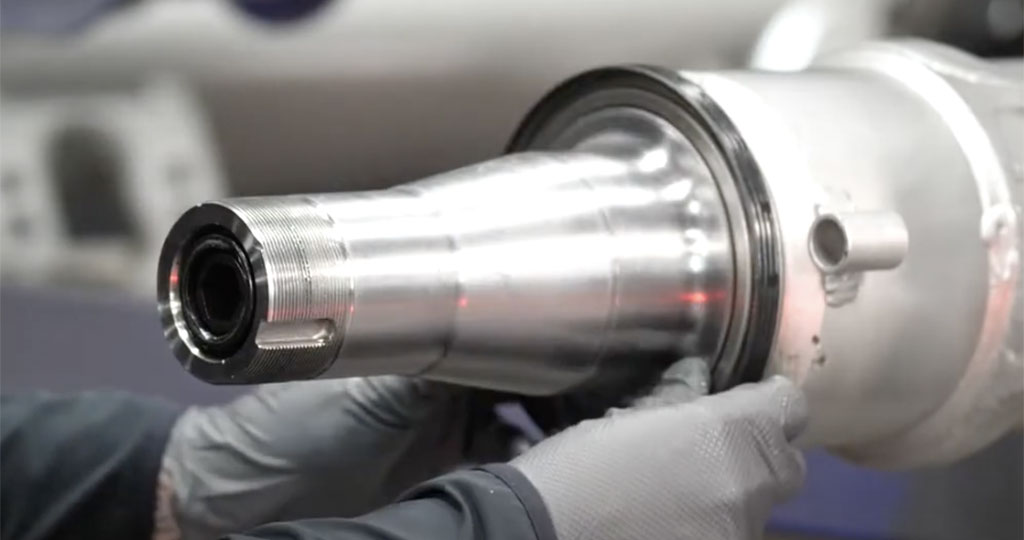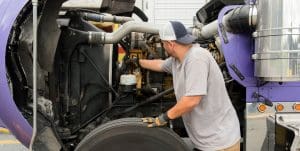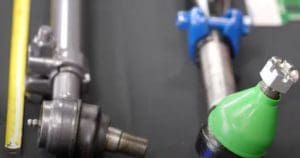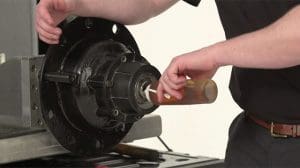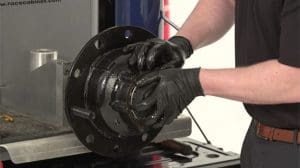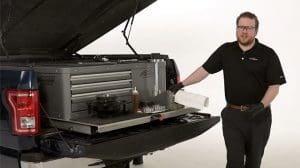Function, Fail Detection and How to Replace
What You Need to Know About Wheel Seals
The wheel ends of your truck or trailer are critical to optimal operation and have several components. One of the key components is the wheel seal. Because seals aren’t readily visible, you usually don’t know when one is damaged until you see oil leaking, hear grinding or sense steering difficulty when you’re driving. Following is a bit of general information about seals, tips for installing them and a link to step-by-step instructions for specific STEMCO seals.
What is a wheel seal?
Wheel seals are designed to keep the wheel bearing lubricant within the wheel end. They also keep all dirt, dust and other contaminants from entering the wheel end and damaging the bearings which are vital to keeping your wheels rotating smoothly.
What should a wheel seal be checked for?
Wheel seals can fail if they are improperly installed. Because the main job of the wheel seal is to keep the lubricant in the wheel end and on the bearings, wheel seals should be checked for leaking. It’s important to note that not all visible lubricant equates to a leak. Slight seepage can be the result of grease pre-lube escaping from a newly installed seal. But if the visible seepage extends well onto the hub or ABS tone ring, and is quite damp, the seal may be leaking and should be replaced as soon as possible.
How long can you drive with a leaking wheel seal?
There is no advisable safe distance you can drive with a leaking wheel seal. Should leaking lubricant get on your brakes, stopping ability is impaired. Always change a seal as soon as you detect leaking.
Is a leaking wheel seal a DOT violation?
According to the Federal Motor Carrier Safety Administration (FMCSA), the lead federal government agency responsible for regulating and providing safety oversight of commercial motor vehicles, a leaking wheel seal is a DOT violation and can result in having your vehicle labeled as out of service. Although they are small, wheel seals are flagged often. In fact, leaking wheel seal violations are on the FMCSA’s list of most common repair and maintenance-related violations. Please see TMC’s RP 631C which provides additional details on leaking seals.
Wheel seal replacement cost
Wheel end systems should be inspected pre-trip and post-trip to ensure optimal operation of the vehicle. Catching problems early is the key to containing maintenance costs because a semi truck wheel seal replacement will cost far less than a major job such as a spindle repair or axle replacement.
Can you reuse a wheel seal?
Sometimes wheel seals leak because they are improperly installed. If this is the case, you will need to remove that wheel seal and install a new seal. Once a wheel seal is installed, it can never be re-used and must be replaced with a new wheel seal.
Where do I start when replacing wheel seals?
The process for replacing wheel seals starts with finding the right part. The Hub Seal Reference Chart makes it easy.
What’s involved in replacing a wheel seal?
The process for replacing a wheel seal varies depending on the type of seal. Improper installation of wheel seals is a common cause of wheel seal failure so you’ll want to make sure you get it right. At the end of this blog, you’ll find a link to detailed step-by-step instructions for the installation of specific STEMCO seals. In general however, you’ll want to:
- Check the seal for fit — For spindle mount, slide the seal onto the spindle shoulder and check for gaps. For hub mount, put the seal over the hub and check for gaps.
- Confirm the direction of the seal — Some seals have text indicating which side goes toward the oil. If no text, put the side with the lip toward the oil.
- Select the right tool — Most wheel seal boxes indicate the tool needed.
- Lubricate if necessary — Check the packaging for lubrication needs.
- Drive the seal in place — Take care not to crush the seal as it can lead to leakage.
- Check for fit — For spindle mount, run your finger along the inside to double-check the seal is flat. For hub mount, move your finger along the outside of the new seal to make sure it’s flat and installed properly.
Step-by-step directions for replacing STEMCO seals
STEMCO has been providing the trucking industry with reliable wheel seals for more than 70 years. The STEMCO portfolio of seals includes tougher, longer-life seals to meet the performance, design and price requirements for any fleet. If you have selected STEMCO seals for your wheel ends, simply follow the step-by-step installation directions on pages 12-14 of the STEMCO Manual.


